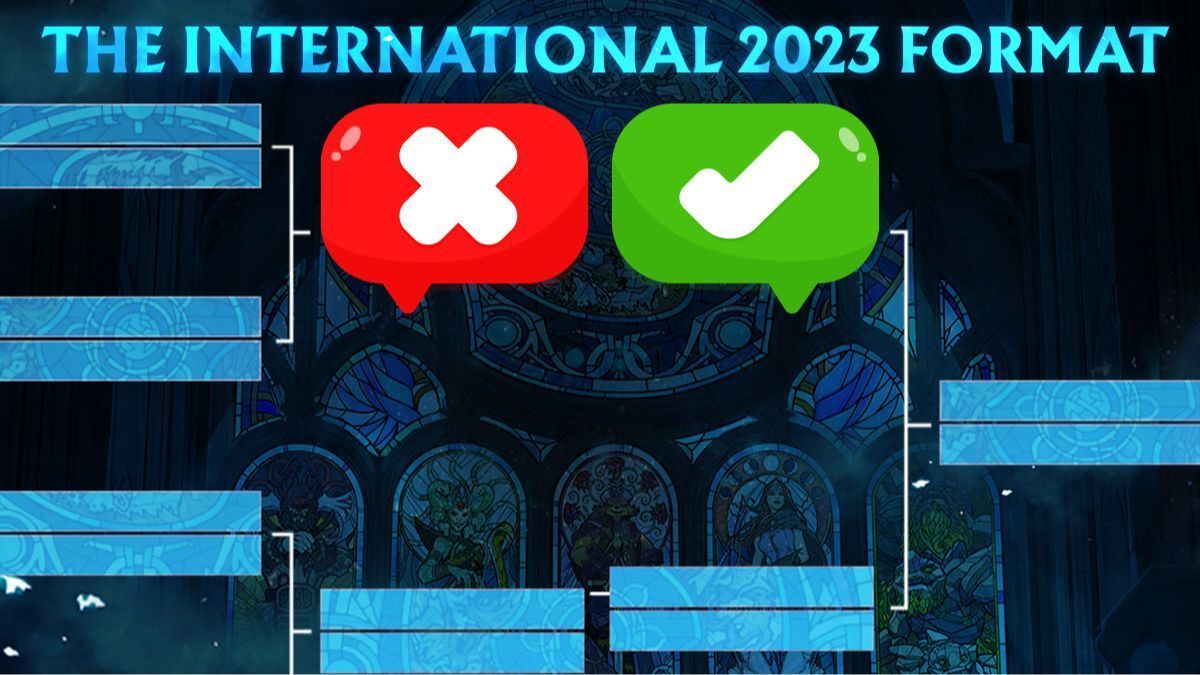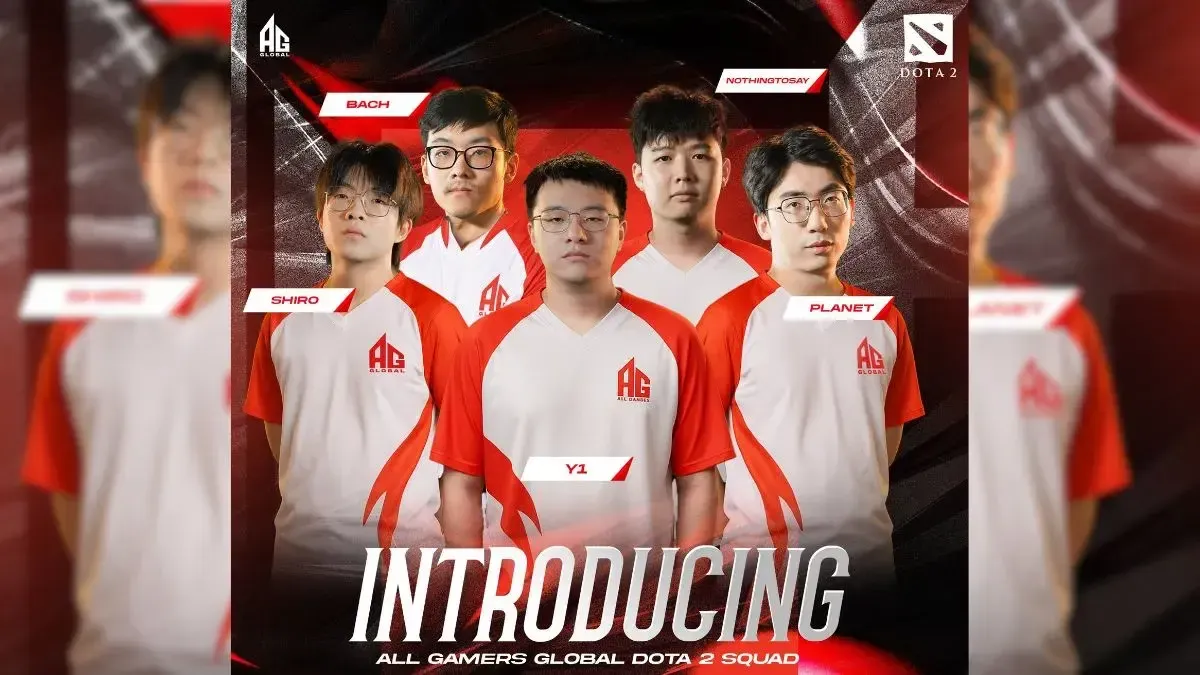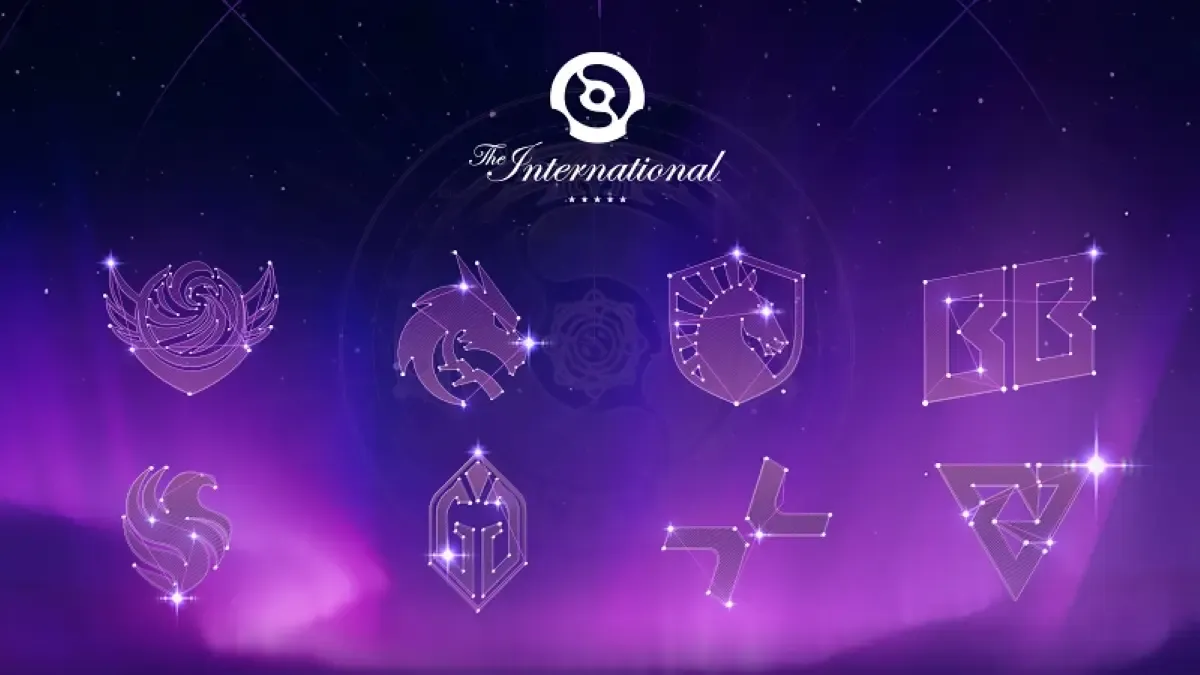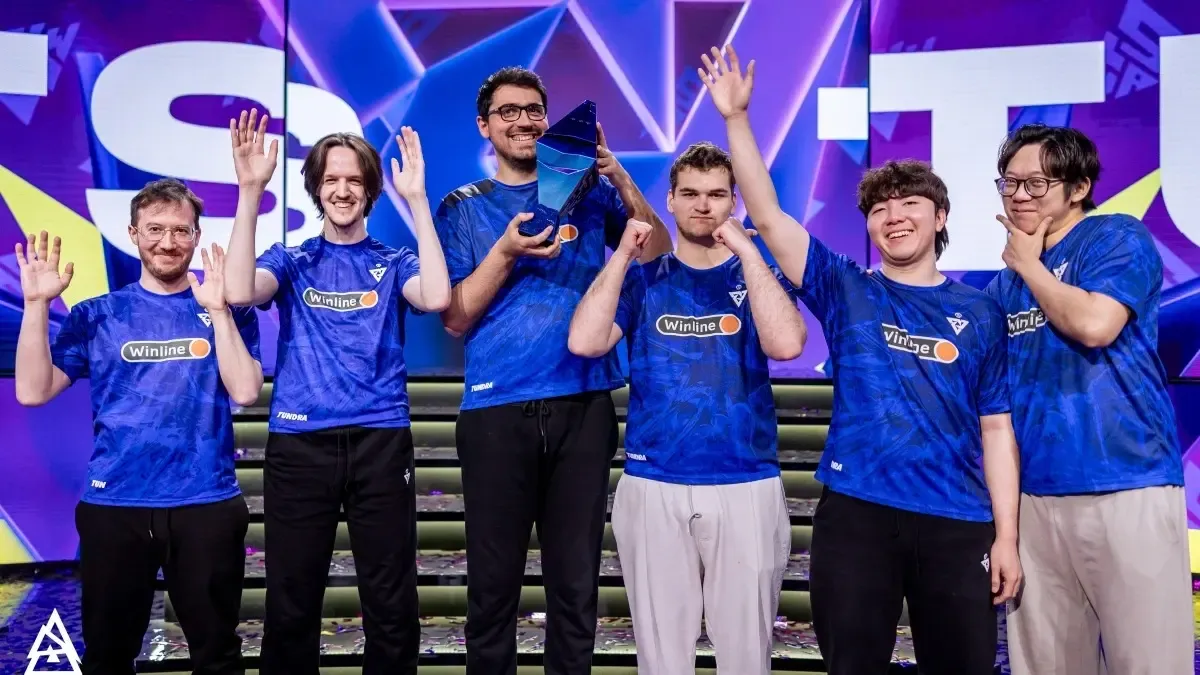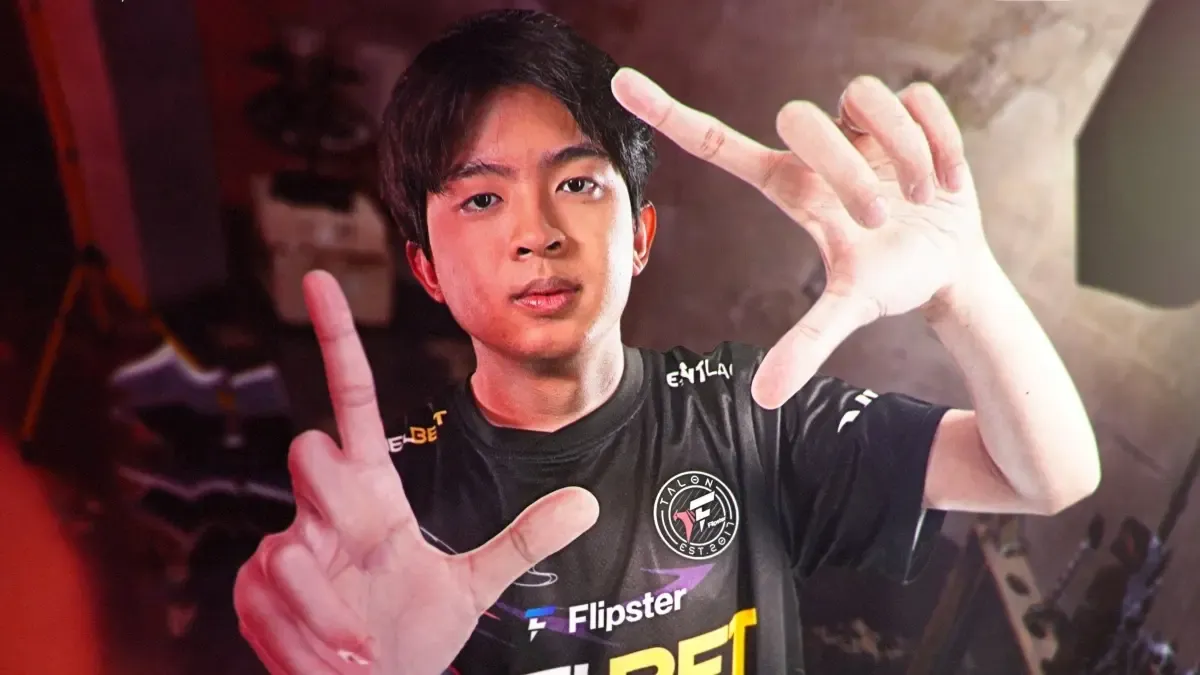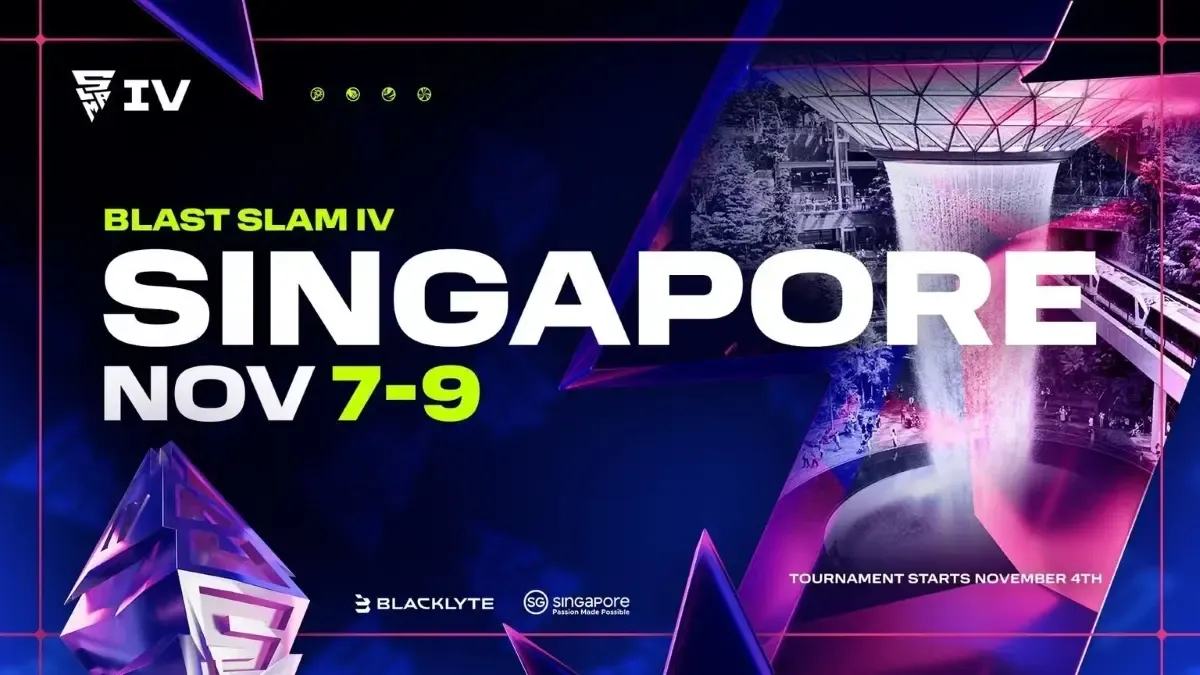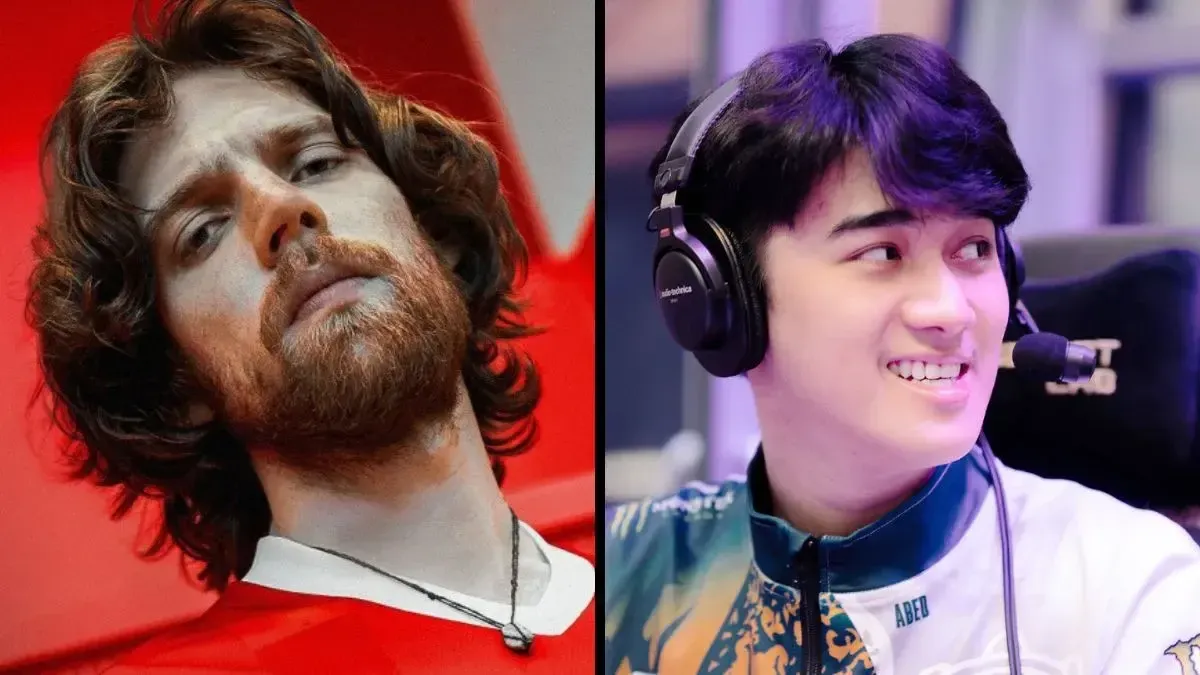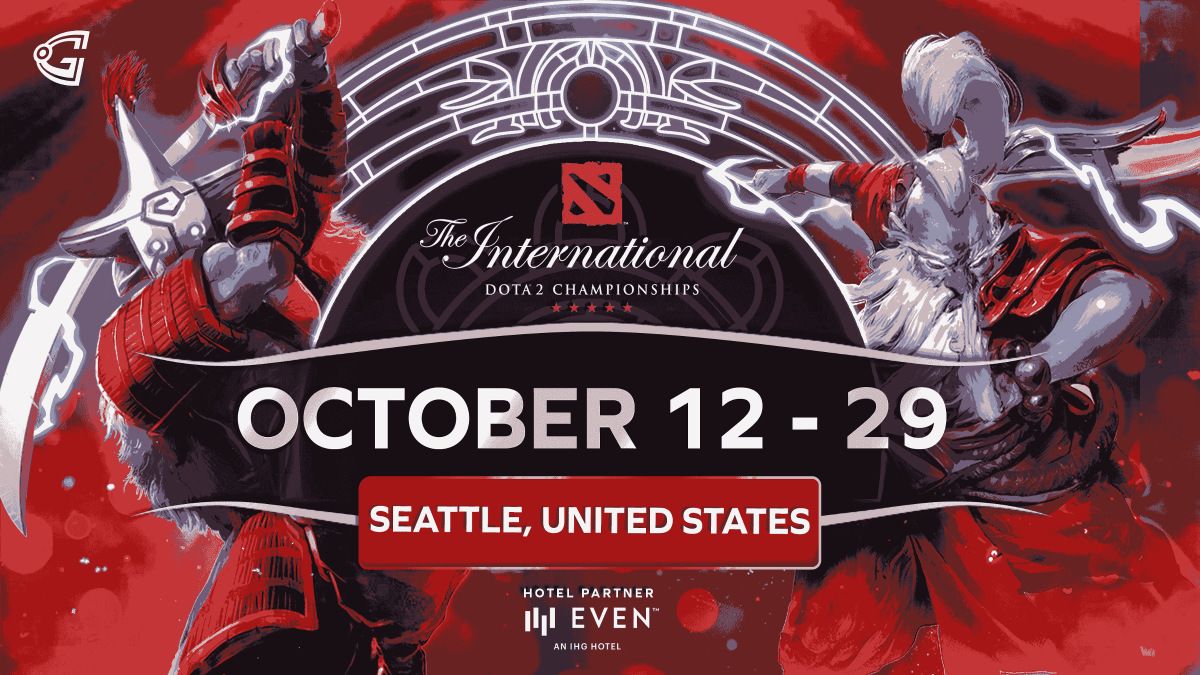The International 2023 was played over three weekends through the month of October. It was designed and marketed as an improvement, but was it actually better?
The games have been played, the legends have been made, and the trophy has been lifted. There were tears of disappointment and of joy. Team Spirit took home their second Aegis of Champions after putting an end to the reign of terror brought on by Gaimin Gladiators in the DPC 2022-23 Season.
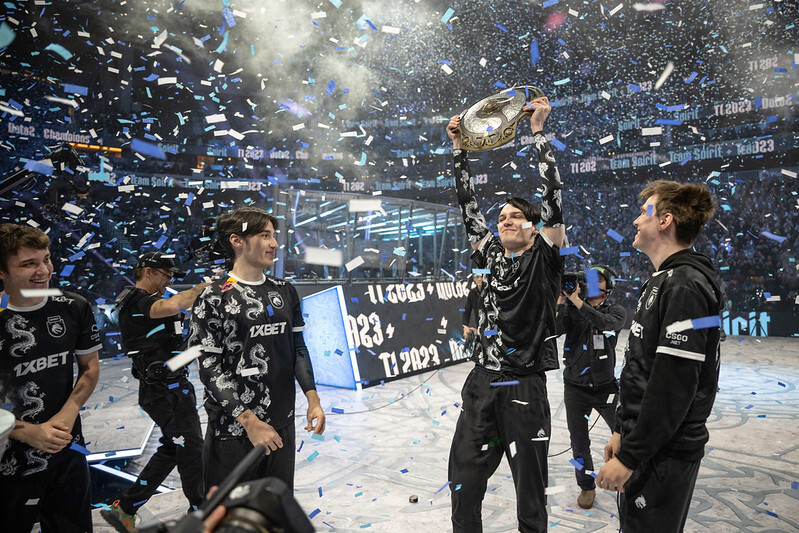
After three long weekends, The International 2023 is now a moment in Dota 2's past.
And just like with all things in history, we reflect, (sometimes) learn, and (hopefully) adapt for the future. Even Valve.
“Every year we look for new opportunities to make The International even more exciting, entertaining and accessible than ever before. This year, we've focused on improving the viewing experience for a broader range of fans. While no format can be perfect, we're always trying to strike a balance between things that have worked in the past and things that could work even better in the future.”
So let's take a look at this year's changes and impact as fans and players.
The International 2023 Format
The first difference in format was in the group stage.
A total of 20 teams entered the Road to TI beginning with group stage matches, which were held in a new format.
"In the old Group Stage format, two groups of ten teams would play Round Robin over the course of four frantic days, usually five games at a time. This meant that each team was playing so many matches that early games just didn't feel meaningful. It also meant that a lot of matches in the final days of Group Stage were literally meaningless, because they wouldn’t actually affect the final standings. The challenge, then, was to come up with a Group Stage format that heightened the stakes of each and every game.
In the new Group Stage format, instead of two groups of ten teams playing for four days, four groups of five will now play for two, with the bottom team in each group getting eliminated. This means that every team will now only play four games instead of the previous nine, making every game impactful to a team’s final standings in the group. "
Instead of two groups of 10 teams, as most of the previous TI editions had, TI12 featured four groups of five teams and two parts of the group play. In the first group stage phase, each team played only four matches with the bottom team from each group having its Road to TI cut short.
The remaining 16 teams then proceeded to the second group stage phase, which pitted them in head-to-head matches that determined who advanced to the Playoffs Upper Bracket, and who went to the Lower Bracket rounds.
No matter what kind of group stage is created, it is hard to do the best grouping to create a balanced and fair system. Make it too big or too long and it becomes boring or exhausting. Make it too short and it doesn't seem fair, not all teams play each other and there seems to always be a downside.
The group stage is truly a place to begin the sorting process. When the teams leave the group -- that's when it becomes do or die, that's where the excitement is.
That leads us to the second, and perhaps more notable difference. We said goodbye to the brutal and unforgiving best-of-one lower bracket matches. The high-stakes playoff games have become a thing of the past. While this could be gut-wrenching, that emotional aspect of competition is what makes us invested and hooked.
As humans, we empathize with others. In this case, it means the players. That empathy in turn nurtures emotions. And research has shown that people absorb the emotions of others either nearby or spectating. In fact, Research shows that the more people identify with a team, the more intense their game-time emotions are. So the more high stakes the game is, the more powerful emotions will be. We get swept up and away.
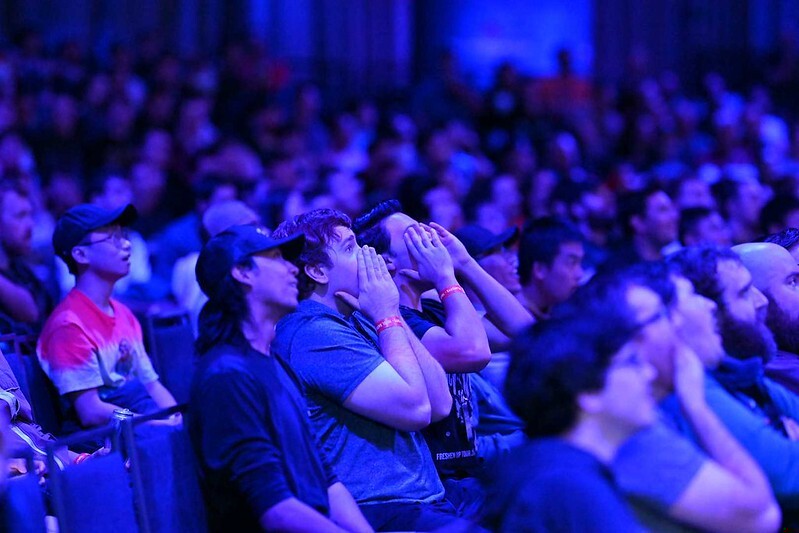
Removing some of the more emotionally charged series, creates a distance between the spectator and player, thus making the experience less rewarding or personal.
Think of all of the 2:0 sweeps vs 2:1 series where the last game became more thrilling to watch.
The International 2023 Schedule
In an effort to make The International more accessible to viewers at home and those who want to attend the tournament in person, Valve moved all games at TI12 to weekend days in October.
There was a weekend for Group Stage (October 12-15), a weekend for Playoffs (October 20-22), and a weekend for The Finals (October 27-29).
“As a landmark esports event, The International attracts viewers who have never played Dota, or even watched a live gaming event. We hear a consistent message from first-time watchers: that TI is exciting, but can sometimes feel overwhelming. There are so many matches happening, new viewers can find it difficult to understand which to focus on.”
Hail the era of the weekend warrior.
Many fans felt it was exhausting to keep up with the games during the week. Either timezones, work or school commitments, and other responsibilities often meant missing some or many of the matches. With packed schedules, there was little to no time to catch up on the VODs to see what actually happened. Fans had to rely on recap reports to gain insight into what was happening.
With the new schedule, fans could adjust their lives with relative ease around the live matches. The long breaks could be used to watch VODs and catch up on the action (or sleep).
And there was a lot more time for content to be created, storylines to be crafted and interviews to be shared. New spectators could follow along more easily or at the very least more casually.
In the past, The International was a very intense and immersive experience. Fans would take their annual holiday centered around either travelling to or hunkering down at home to watch the event unfold. Die-hard fans wore their TI weariness as a badge of honour. Content creators became nonhuman machines churning out content around the clock running on energy drinks and junk food.
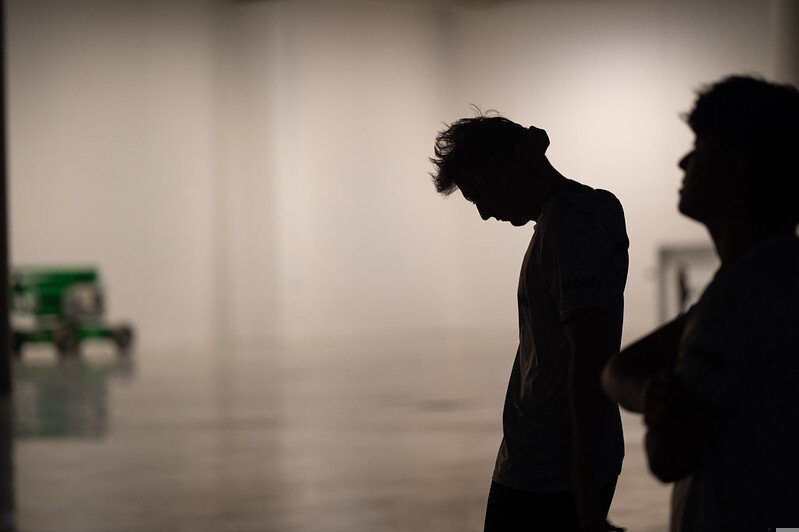
The long breaks and downtime though certainly left a gaping hole for those of us who are more invested than being a casual fan. It meant a decrease in the emotional aspect of momentum and the hype building up. The emotions that were triggered in the last thrilling series were now quelled and extinguished as the week passed.
The International 2023 Schedule and Format from the Pros' Perspective
That's all from the fans and spectator's point of view. Which is only one side. What about the pros and those that are actually involved in competing? Was the format or the schedule change something that they welcomed?
Two-time TI champion Yaroslav "Miposhka" Naidenov told us during one of the breaks that it was the worst format.
“To be honest I hate this format because it feels like some DPC series where we play one series each week and here it is the same. For example, we played against VP, and there will be only one best-of-three series in 9 days. Imagine it, we won against VP and now we have a four-day break. Why? (laughs) There is no reason to do these breaks. I don't know. I would rather play without the breaks. In the group stage, we played three matches on the first day. I also think this is kind of stupid because now there is a four-day break. Why can't we split those into one each day and then we don't have to play three on the first day and then none? There are a lot of options but this format is the worst in my opinion. ”
He wasn't the only one who felt that way.
We had the chance to meet up with several players at The International 2023 in Seattle and asked them about it.

